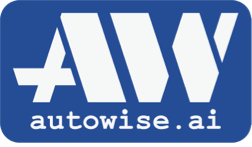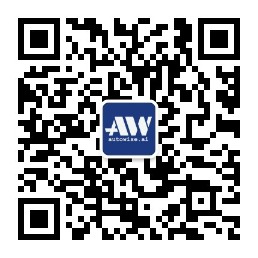On July 6, Autowise.ai held the Technology Open Day at the World Artificial Intelligence Conference 2023. Yanye Tang, partner and vice president of product and operation of Autowise.ai, demonstrated its technical features in the fields of perception, localization, planning and control, and released the remote operation platform Radar 24 for the first time, which means that the operation of autonomous driving has entered the “deep end”. By solving the long-tail problem in reality, the real implementation of autonomous driving might be realized.
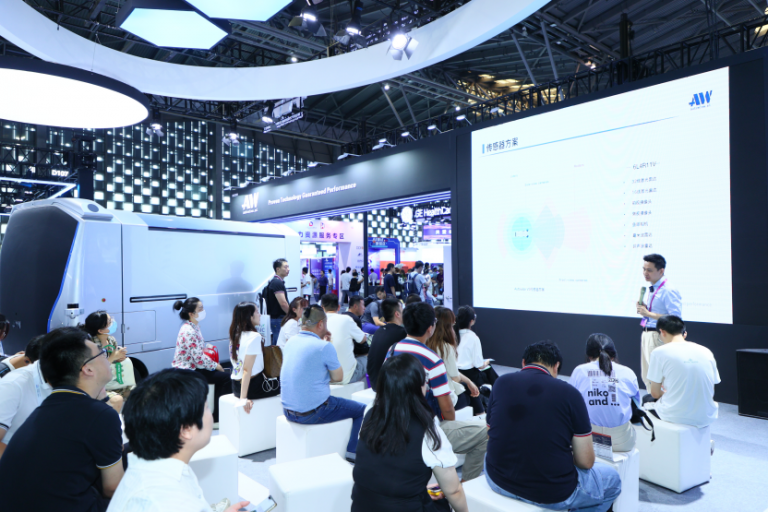
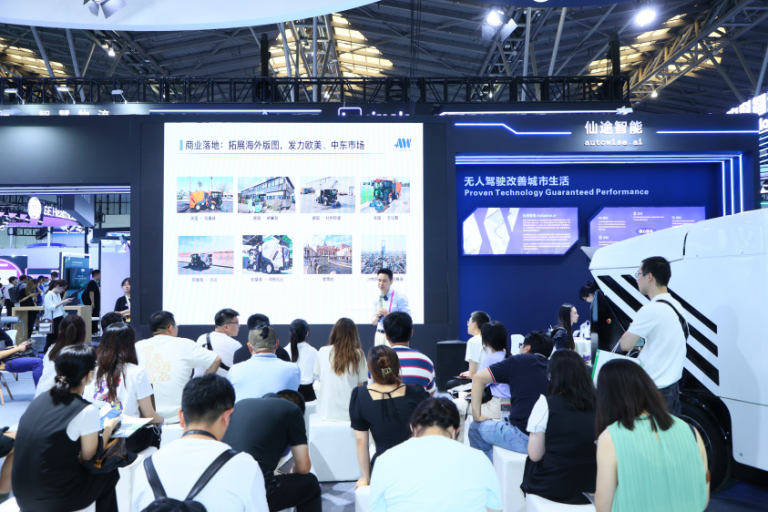
Scenario-driven research and development, continuously solving the long-tail problem of autonomous driving
In recent years, the sensor and R&D solutions of autonomous driving companies are increasingly converging. In each vertical scenario, the long-tail problem also need to be solved.
Taking sanitation autonomous driving as an example, since sanitation vehicles are driving on urban public roads, in addition to identifying vehicles, pedestrians, traffic lights and other general objects, but also to identify garbage on the ground, roadside branches, water pipes, stones, potholes, etc., which greatly increase the number of corner cases perceived by autonomous driving. To this end, at the perception level, Autowise.ai adopts a multi-sensor-based traditional algorithm + BEV multi-layer redundancy scheme, and uses a multi-task large model to support the detection and identification of common traffic participation and long-tail general obstacles, improving reliability and safety.
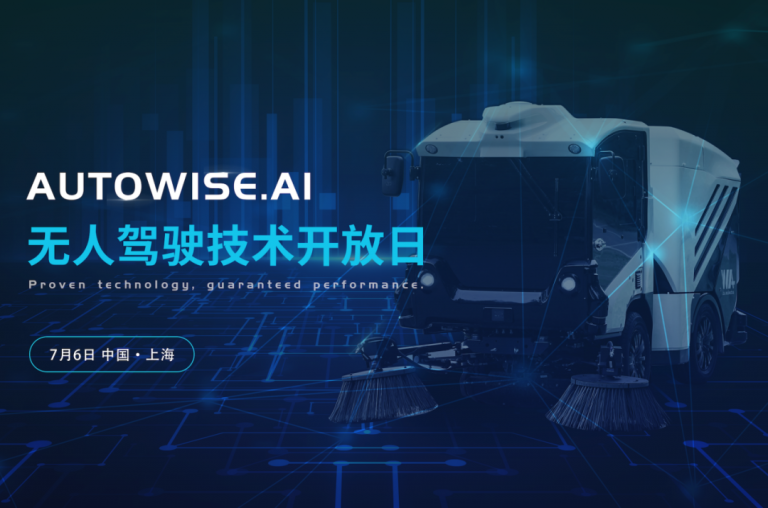
In order to ensure curbside cleaning, sanitation autonomous driving requires higher positioning accuracy. Based on HD-maps and on-site real-time positioning, Autowise.ai realizes centimeter level positioning, with an error within 3 cm. On planning level, sanitation autonomous driving requires a higher degree of refinement. Autowise.ai adopts 3D planning, the refined curbside trajectory based on Euclidean coordinate system without expansion, considering the 3D shape of the vehicle (sweeping brush, protruding sensors on the vehicle, etc.) and the interaction with roadside obstacles of different heights and materials. On control level, Automotive Grade EHB and SBW are used for high response accuracy.
In terms of tool chain, Autowise.ai has built a closed-loop system. Autowise.ai deploys triggers on the vehicle side to collect specific abnormal data on demand. Complete sensor and test data will also be sent back to the cloud. Those data will be screened through data mining and active learning. After the data is automatically/semi-automatically or manually marked, it enters the data platform for unified management and further model iterations. In order to reduce the dependence on the amount of labeled data, Autowise.ai independently developed a semi-supervised training framework based on multi-view consistency, and used massive unlabeled data to improve model performance. Related work was published in ECCV and CVPR. After passing the performance evaluation, the model will be released after model optimization and regression testing, being deployed on the fleet to complete the data closed loop.
Launching Radar 24, the autonomous driving starts to compete in “Operation”
As autonomous driving technology solutions are becoming more and more convergent, autonomous driving manufacturers have begun to compete in operation capability. Modelled on the operation model of airport towers, Autowise.ai hasdeveloped a remote operation platform Radar 24, which made its debut on the Technology Open Day at WAIC2023, taking its name from the meaning of “24-hour operation monitoring center”.
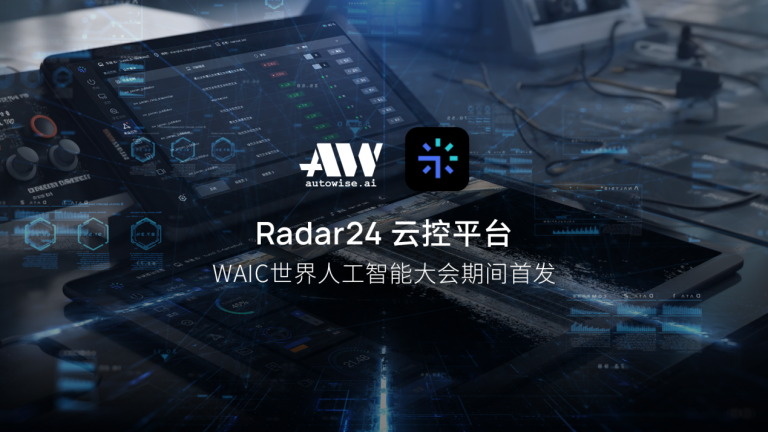
Through Radar24, the operators can achieve all-day, non-discriminatory monitoring and remote control of autonomous vehicles. Autowise.ai demonstrated a demonstration of remote moving on site. When sanitation vehicle encounters temporary traffic control, low obstacles block or illegally parked vehicles on narrow roads, there is no way to bypass. The remote operators can initiate remote commands to move the vehicle out of trouble.
Currently Autowise.ai has a number of remote operation teams in Shanghai, Wuxi, Suzhou and other places. Remote operators need to be trained and tested for the job. Based on Radar 24 platform, each person can remotely manage 5-10 autonomous vehicles. In addition, for overseas customers, Autowise.ai provides remote operation APP and related training.
Radar 24 went live for internal operation in September 2022. This release is actually version 2.0 of Radar 24, which is relatively stable and refined.
Autowise.ai was founded in 2017. The founding team came from Didi Autonomous Driving Department, with both technical and operational genes. Autowise.ai has more than 200 employees from top internet companies, well-known automakers, listed sanitation companies and famous universities. The core products are the autonomous sweeper Autowise V3 and the autonomous vehicle platform Roboard-X. At present, hundreds of vehicles have been deployed in more than 20 cities in China, as well as in Europe, America and the Middle East. Recently, Autowise.ai won the bid for the intelligent sanitation integration project in Xi Dong New Town, Wuxi from 2023 to 2025, with a bid amount of 140 million CNY, and will put hundreds of pre-loaded mass-produced autonomous sweeper V3 into implementation of sanitation operations. The batch operation will further dilute the cost of the supply chain and promote the large-scale implementation of autonomous driving.
